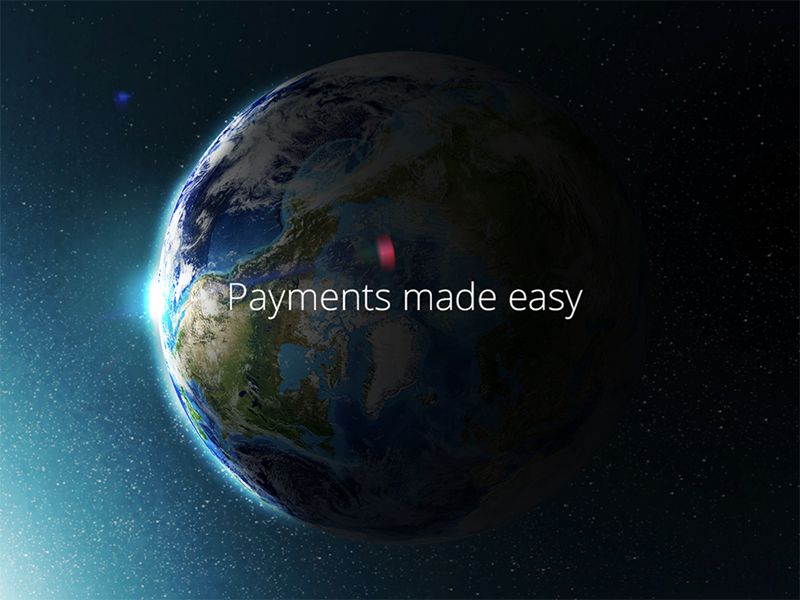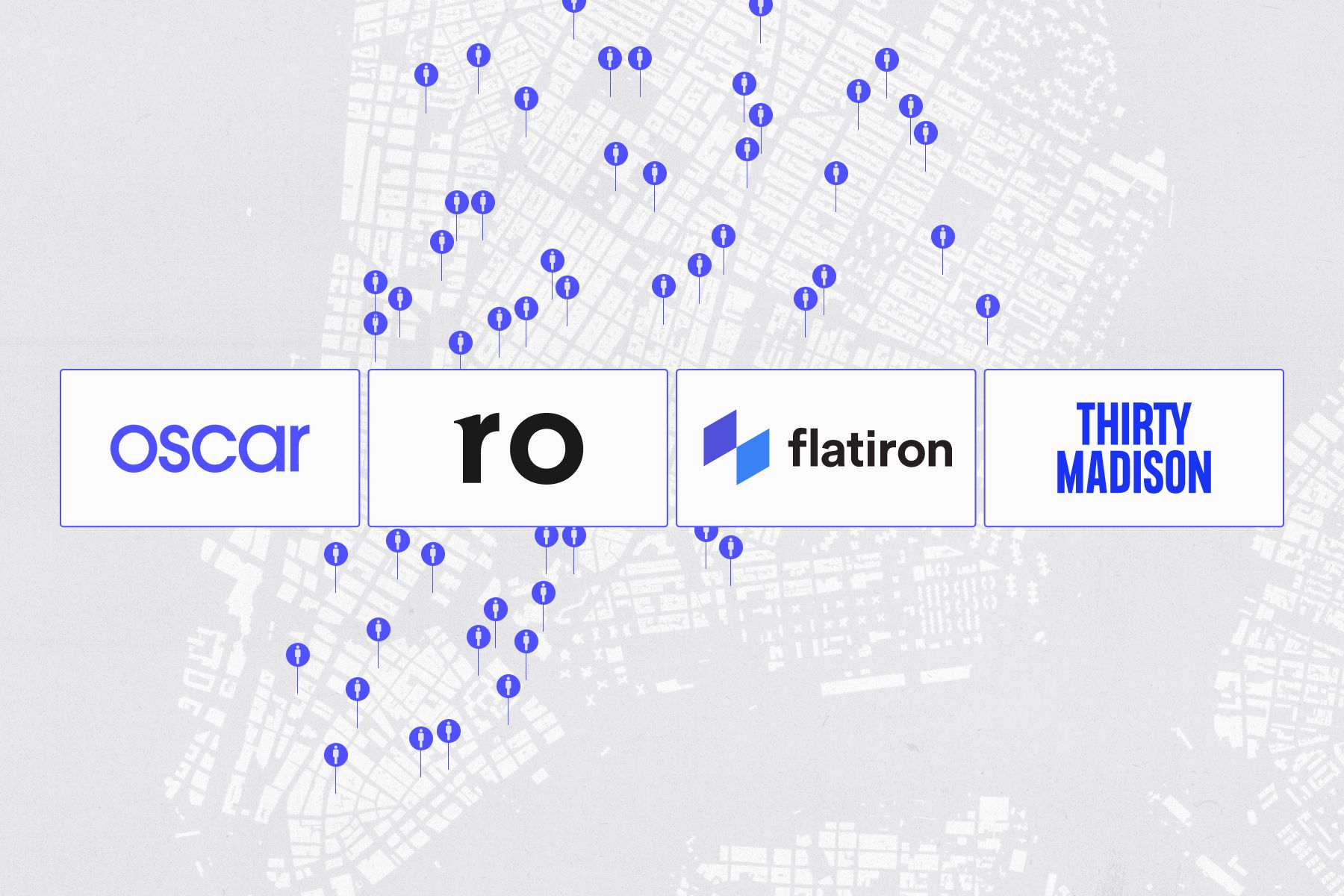Adyen’s mission to build new payment rails for the world

Jan Hammer on the payment technology company that’s set to change how the world transacts.
After our first meeting with Pieter van der Does back in 2011, it was clear this was a company and team that were about to revolutionise payments. We were blown away by the size of the ambition combined with their humble approach. In an office that they had outgrown, the place looked calm and friendly, while massive payment volumes were flowing through the pipes. As Pieter took us through the product roadmap, it became clear that what we saw so far was just the beginning of an incredible journey to come.
The opportunity.
At times the sheer scale of global commerce and retail can seem almost unfathomable. Consider this: in 2012, banks processed $377 trillion in noncash transactions – a sum that not only makes the GDPs of major economies look like spare change, but was in fact five times the size of global GDP at the time. And that was then. In 2022 that figure is forecast to surge to $712 trillion, largely driven by smartphone and tablet adoption.
None of this Internet-era growth would be possible, of course, without the underpinning of resilient worldwide critical infrastructure – the invisible rails upon which transactions are accepted, processed and settled. For more than three years, we at Index have been proud to work with a company which is responsible, perhaps more than any other, for much of that critical infrastructure. Adyen is the company, a name you may have never heard of, but whose technology you have most likely used. In the run-up to the holidays, after seeing an ad on Facebook, you buy gifts on Groupon, listen to Spotify, book your vacation stay on Airbnb, and remember it all thanks to Evernote – every transaction will have been facilitated by Adyen’s technology.
Beginnings.
Over the last two decades our team at Index has gone deep into a range of sectors from enterprise software to consumer marketplaces – and two of the themes we’ve always focused on are e-commerce and financial services. At the intersection of these two, of course, is payments. As commerce moved increasingly online, it soon became apparent that payments, too, would need to be reimagined and recalibrated for the Internet age. Existing systems had been built for an offline world, which was why we had the conviction that a myriad of traditional providers wouldn’t be able to adapt easily to the changes and address the needs of modern companies.
Across our 140 companies that do business in nearly every part of the world, we saw time and time again that payments was a massive roadblock to international growth. Today’s fastest growing companies need to expand at rapid pace and have no time to deal with multiple payment methods, reporting and analytics across each geography and currency. There must be an easier way, we thought.
Repeat entrepreneurs.
Fortunately we weren’t alone in our beliefs. There was a team in Amsterdam that had already spotted and seized this opportunity. Pieter van der Does and Arnout Schuijff, with their co-founding colleagues, had long since foreseen where online commerce was heading and at the end of 2006 began quietly but painstakingly building the global payments infrastructure for the 21st century. They had a grand vision from the outset to replace the aging and sluggish patchwork of systems available to merchants with a single frictionless, cloud- based solution.
We knew of the team and of the success of Bibit, their previous payments company. Bibit got going in 1997 and in just few short years began winning over emergent Internet players, including Expedia, before going on to be acquired by RBS in 2004. As soon as we heard that the founders, alongside most of their core team, had started again (the word Adyen itself, I learnt later, means “all over again” in Sranan, the main language of Surinam next to Dutch), I knew this company was a winner. On top of that, it was already profitable back in 2011.
A new global tech leader.
Fast forward to today and it has become clear that Adyen has built something truly unique.
By processing around $30 billion dollars of new payment volume this year, the platform is no incremental improvement on heritage payment systems, but a whole new experience for anyone wishing to transact. Where Adyen have left other payment providers in their wake is in the way they combine, simultaneously, the functions of banks, payment processors and payment gateways. They have put all these entities under one roof, in the cloud, making their service deployable across all channels (online, mobile, point of sale), geographies and methods, with the sole purpose of providing a superior experience for their customers.
Adyen’s platform offers high scalability; it can handle transaction volumes of the largest Internet companies as it was designed to be able to process thousands of transactions per second. It can be rolled out in whatever format its clients require, and as such it’s a partner to the likes of Apple Pay and Alipay, the two mechanisms created by the e-commerce behemoths.
The next phase of the journey.
Looking forward, Adyen’s technology is set to underpin not only payments, but also other aspects of transaction processing, including combatting fraud (a service it already offers its customers for free). Additionally, by offering business intelligence, the company’s turning what historically used to be a cost centre for CFOs into a revenue opportunity, by maximising conversion and thereby revenue for their e-commerce customers.
Adyen’s is an audacious journey, as it goes after the entire industry that has historically touched the payment value chain. It is also a journey which is only just getting started; Adyen might have succeeded in putting a large chunk of new payments onto new infrastructure, but the world of old payments is still very much waiting to be transformed. For anyone interested in what happens next in the rapidly evolving way the world transacts, I can only encourage you to watch this space.
Published — Dec. 16, 2014

